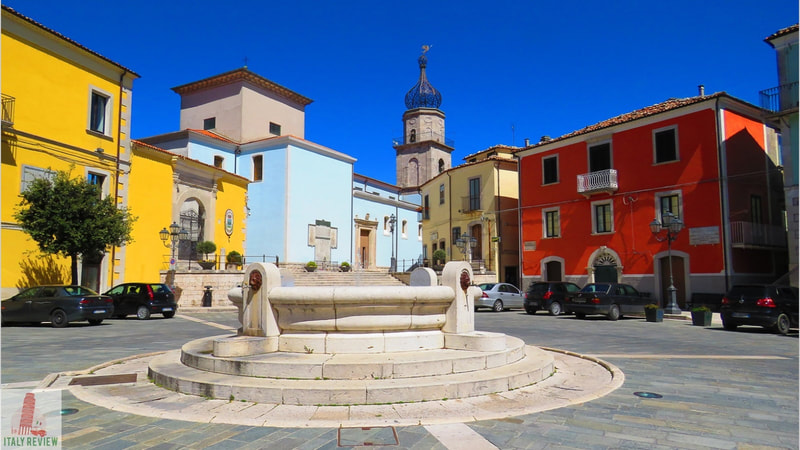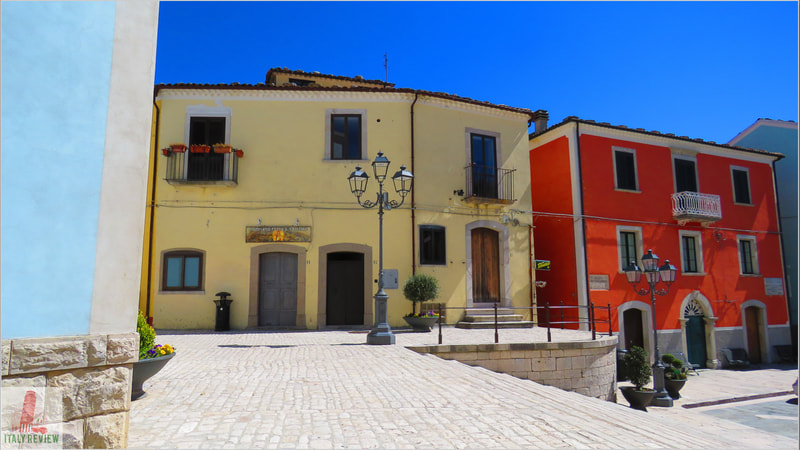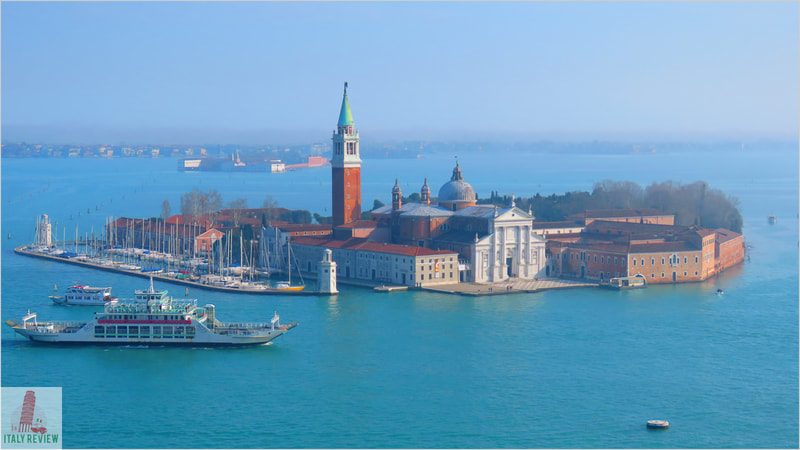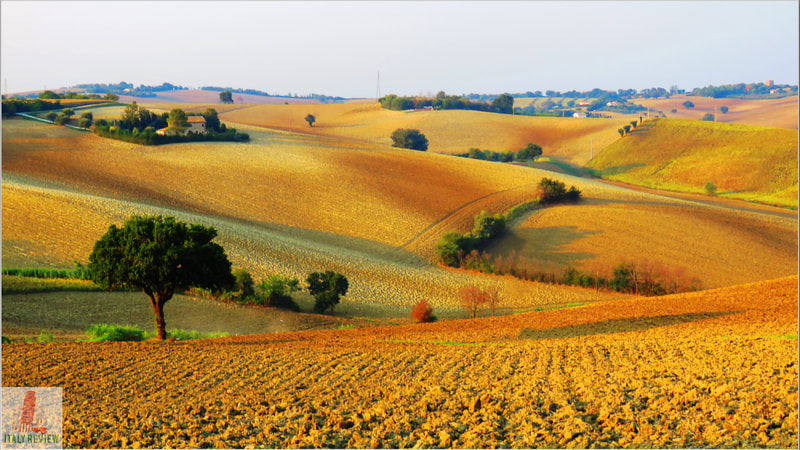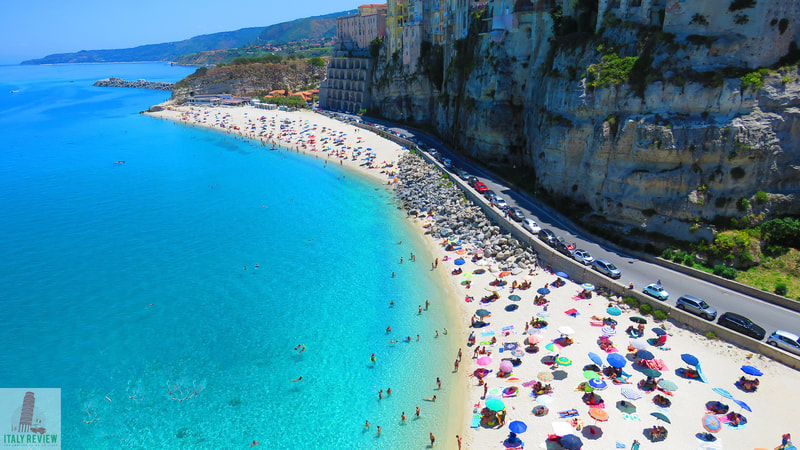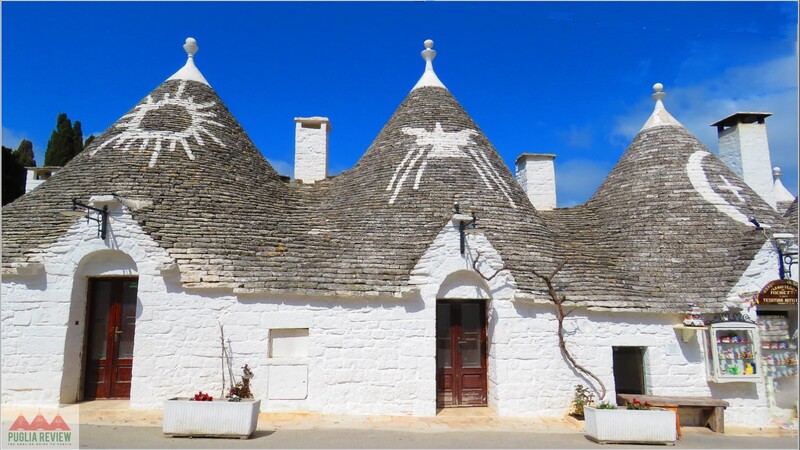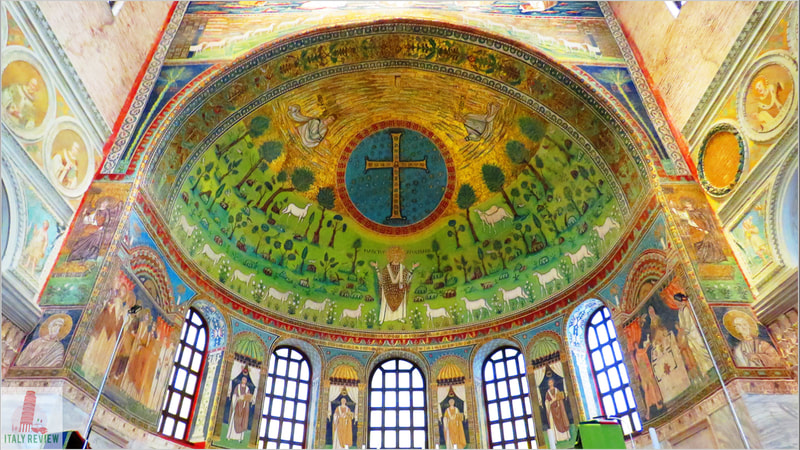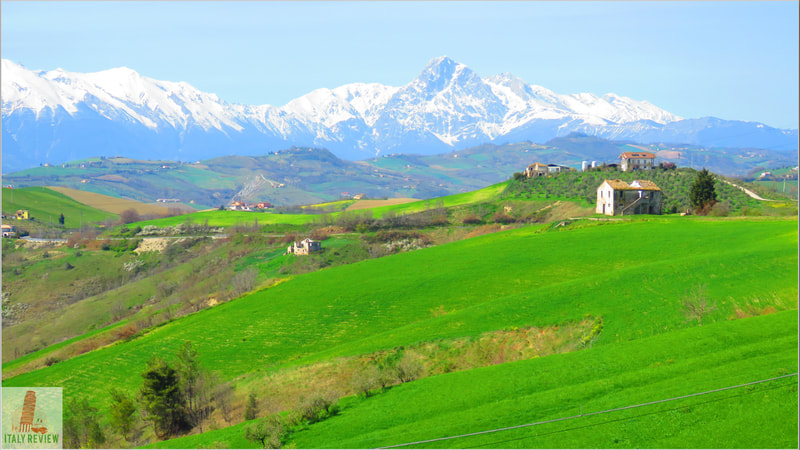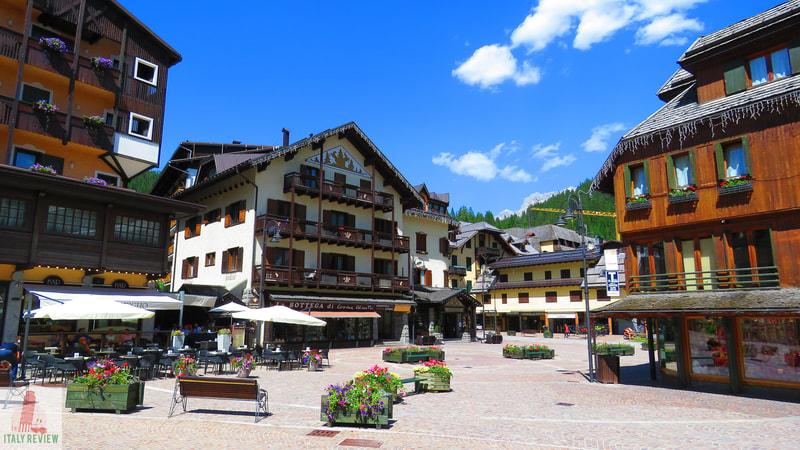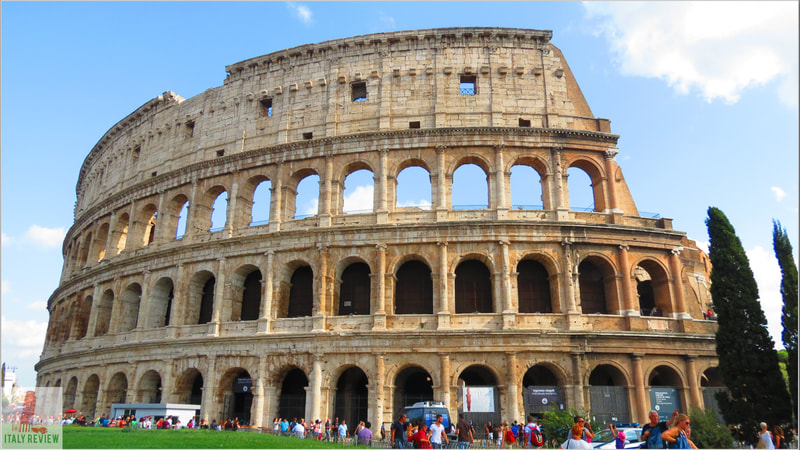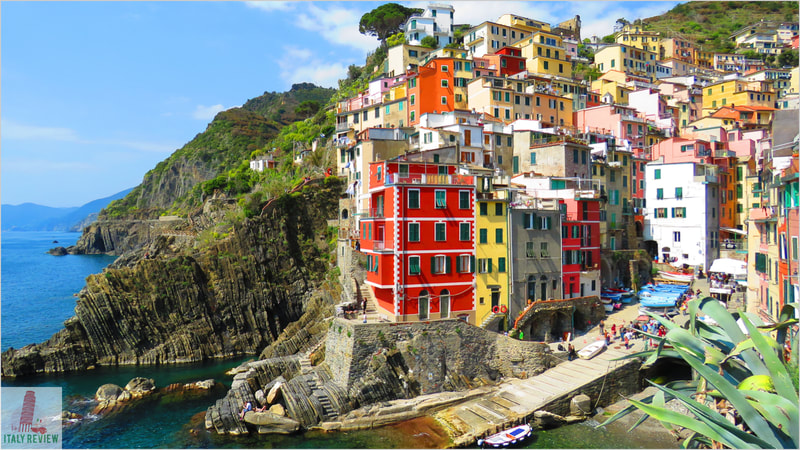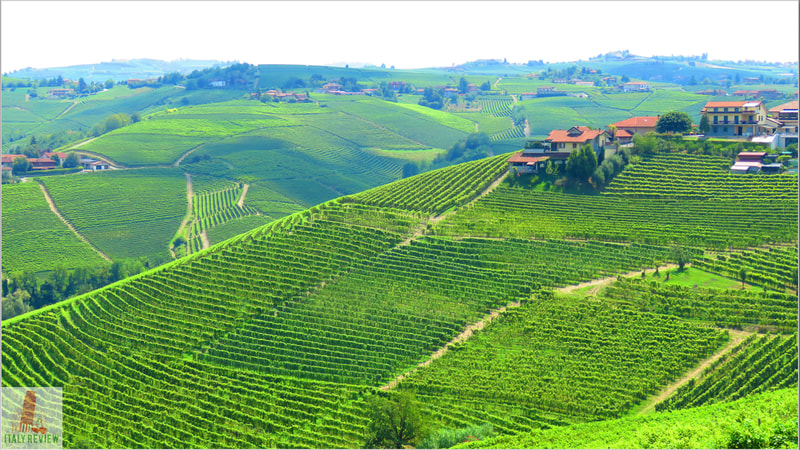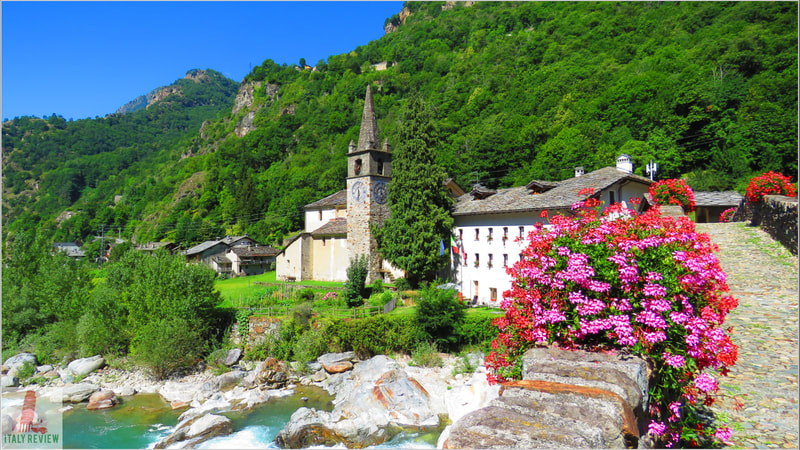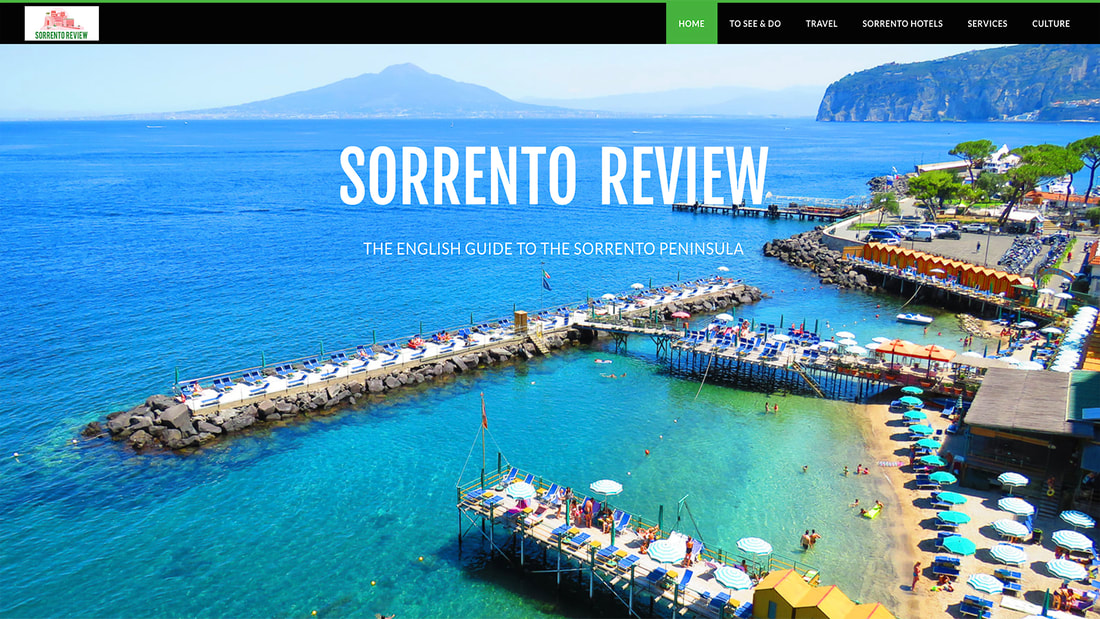Sepino
|
By Dion Protani
|
Latest update: 22 November 2023
|
|
The town of Sepino is situated within the Province of Campobasso and has a population of around 1,850 inhabitants.
It stands at an elevation of 698 metres above sea level and is included in the list of Borghi Più Belli d'Italia (most beautiful villages in Italy). Places of interest nearby include Saepinum, Civita Superiore di Bojano, Campobasso and Jelsi. |
Related links
Profile
Sepino is a captivating town located in the Molise region of southern Italy. Nestled amidst rolling hills and surrounded by natural beauty, it offers a unique blend of historical treasures and scenic landscapes. With its ancient Roman ruins, medieval architecture, and warm Italian charm, Sepino beckons history enthusiasts and nature lovers alike to explore its hidden gems.
History
Sepino's history can be traced back to ancient times when it was known as "Saepinum" and was an important Roman settlement. Founded by the ancient Samnites, the town later became a Roman colony during the 3rd century BC. Sepino flourished under Roman rule and served as a vital link on the ancient road connecting Rome to the southern regions of Italy.
During the medieval period, the town experienced various dominations, including the Lombards, Normans, and the Kingdom of Naples. Sepino's historical significance is evident through its well-preserved ruins, medieval architecture, and artifacts, which offer a glimpse into its storied past.
During the medieval period, the town experienced various dominations, including the Lombards, Normans, and the Kingdom of Naples. Sepino's historical significance is evident through its well-preserved ruins, medieval architecture, and artifacts, which offer a glimpse into its storied past.
Travel
Sepino is accessible by car and public transport. The closest major cities are Campobasso and Isernia. If arriving by plane, the nearest airports are Naples International Airport (NAP) and Rome Fiumicino Airport (FCO). From there, you can take a train or rent a car to reach Sepino.
Highlights and nearby attractions
- Saepinum Archaeological Park: Explore the Saepinum Archaeological Park, where you can witness the remarkably preserved ruins of the ancient Roman town. Highlights include the Roman theater, the Forum, temples, and residential buildings, providing insight into daily life during Roman times.
- Medieval Quarter: Stroll through the charming streets of Sepino's medieval quarter, where you can discover ancient churches, quaint alleys, and historic landmarks, showcasing the town's medieval heritage.
- Castle of Sepino: Visit the Castle of Sepino, an imposing fortress that dates back to the medieval period. Although now mostly in ruins, it offers panoramic views of the surrounding countryside.
- Church of San Vitale: Admire the Church of San Vitale, a Romanesque-style church dating back to the 11th century, featuring beautiful frescoes and architectural details.
- Nature and Hiking: Sepino is surrounded by picturesque countryside, making it an ideal destination for nature lovers and hikers. There are various trails that offer stunning views and an opportunity to connect with nature.
- Local Festivals: If your visit coincides with one of Sepino's festivals, such as the Feast of San Marco, you can experience the town's vibrant traditions, cultural events, and authentic local celebrations.
- Local Cuisine: Savour the flavors of Molise by trying traditional dishes such as "pasta e fagioli" (pasta with beans), "cavatelli" pasta, and the region's excellent olive oil.
Comune di Sepino
|
Province: Campobasso
Region: Molise Population: 1,791 (source: ISTAT 1 January 2022) Size: 61 km² Elevation: 698 metres Close by: Saepinum, Civita Superiore di Bojano, Campobasso, Jelsi Recommended accommodation: Hotel San Giorgio (27 km) |
One of I Borghi più belli d'Italia (Italy's Most Beautiful Villages)
Listing headline: All'Incrocio dei Tratturi (At the Crossroads of the Tratturo Paths)
Listing headline: All'Incrocio dei Tratturi (At the Crossroads of the Tratturo Paths)

